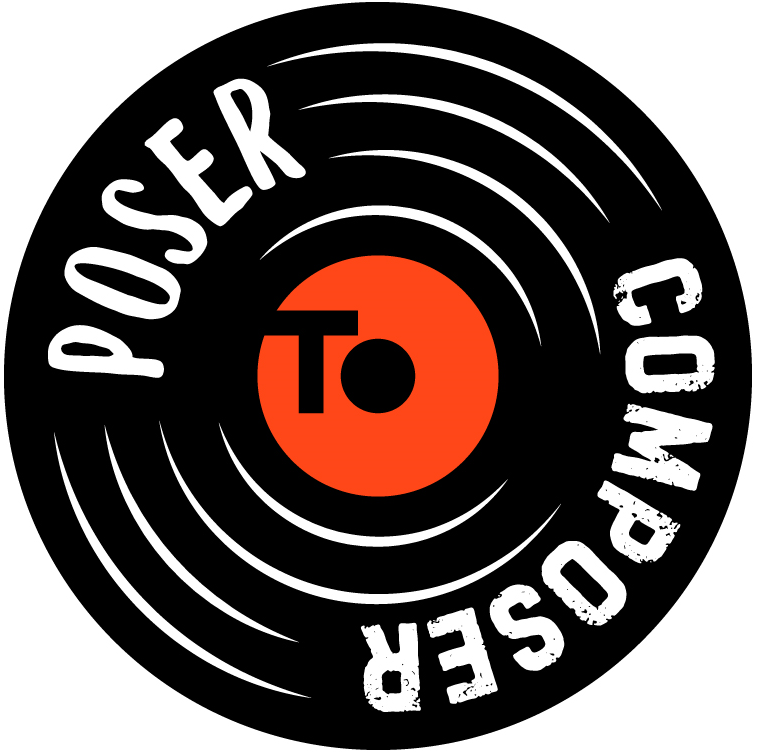An Alternative to Piano Finger Numbering?
An Alternative to Piano Finger Numbering?
Tag: GettingLostInTheWeedsAgain
One of the very first things a new piano student learns is the piano finger numbering system. Basically, you assign each finger a number on your left and right hands. It is pretty much universally taught (because it apparently works).
I questioned the system, at first. I didn't know it was omnipresent when I first started, but everyone uses it. Well, almost everyone.
There is one alternative to assigning numbers to fingers, and that seems to be a Jazz technique called Forward Motion Fingering by Hal Galper. Honestly, I don't understand a lot of it, but he wrote a book on his system and an article in Keyboard magazine.
Here's a snippet from the article:
...piano fingerings tend to be asymmetrical and hard to memorize because we’re applying a number system of five (the fingers on each hand) within a number system of four (a ubiquitous number of note groupings and rhythmic divisions in music).
Another realization of mine (probably considered heresy by most piano teachers) is that there’s no rule that says we have to use all five fingers all the time. My alternative is to look at the five fingers as being used to form four-fingered patterns, which we’ll call sets. The main ground rule is this: The last finger of each pattern—the target finger—is always predictable because it repeatedly falls on beats 1 and 3 of a bar. We’ll call these the target beats.
For example, using four-note sets such as 1-2-3-4, 4-3-2-1, or 5-3- 4-2, the first three fingers in the set help you anticipate landing the final finger on the target beat. You eventually develop a "muscle memory" of feeling your fingers in motion toward the final finger landing on the target beat. You’ll actually feel them "coming up" as your hand progresses through a four-note set. Applying the rule of no thumb on a black key wherever possible, I discovered the trick to applying these four-fingered patterns was deciding which white key the thumb had to be on to achieve the finger pattern that will best set you up for playing the next group of notes fluidly. I’ve tried to apply the four-fingered rule to as many situations as possible. It doesn’t work perfectly with all types of arpeggios and scale-based note groupings, but it works in enough situations to make your musical life easier.
I listened to the album Cubist by the Hal Galper Quartet as I wrote this post. Incredible stuff. Do check it out.

comments powered by Disqus